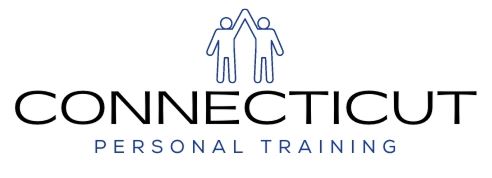Injuries that occur during exercise are normally due to improper form, use of excessive weight, and other factors as well. As much of a nuisance that they can be, injuries should be a huge eye opener to the exercise participant. Injuries will set you back in your exercise goals, and keep you out for a period of time depending on the injury. Keeping proper form during exercise is huge, and should always be at the forefront of your mind when performing an exercise. Never perform an exercise you have doubts about, and always ask someone whenever you have a question about one. Also, properly warming-up and cooling-down will prevent injury and help your muscles during the recovery process. A warm-up can consist of walking on a treadmill for at least 10 minutes, or a dynamic warm-up that will prepare your body for exercise. Cool-downs should help bring down your heart rate, but also the lactic acid levels on your muscles.
Some of the more common types of exercise injuries include:
- Muscle pull and strain
- Sprained ankle
- Shoulder injury
- Knee injuries
- Shin splint
- Tendinitis
- Wrist sprain or dislocation
All of which can be prevented. Other than a proper warm-up and cool down, we need to first know your trouble spots. Tailor your workout for problem areas. For example, if you have arthritis in your knees, you’ll want to build up strength. But don’t do exercises that hurt. Check with your doctor. And be sure to start out lightly. Also to go a bit deeper, always listen to your body and pain! “No pain, No gain” isn’t to be taken in the literal sense. Exercise burn will slowly build up in your body as you are repeating exercise reps during your sets, but should never feel pain. Pain is normally sharp shooting, and gets you to stop immediately. Second, make sure that your body is well rested and recovered from exercise previously. Allowing your body to recover in between workouts can prevent the onset of injury. Lastly, wearing the right workout clothes can make a huge difference. Clothes that can expand to allow full ranges of motion, and that is comfortable. Wearing jeans and improper shoes while lifting can not only limit the range of motion you can perform, but may increase the chance of injury.
When the onset of an injury, make sure you take the first step to recovering quickly! Always remember RICE.
- R: Rest the injury.
- I: Ice the injury to lessen swelling, bleeding, and inflammation.
- C: Apply a compression bandage to minimize swelling.
- E: Elevate the injury, if possible, to reduce swelling.
Using this method can help an injury along the way. Always make sure to try and not use the area which holds an injury, or minimize the work you do with it. Until you are fully healed, don’t do the activity that triggered the injury. And avoid any activity that puts strain on the injured area. You can still be active as long as you don’t stress the injury. Staying active may help you heal quicker than if you take to the couch. Try a new workout while your injury heals. For example, if you sprain your ankle, exercise your arms instead. If you hurt your shoulder, work out your legs by walking. After you have fully recovered from your injury — pain-free for more than a week — start back slowly. Don’t try to work out with the same fervor you did before your injury. You will need to rebuild your muscle strength and endurance. It may take 3 weeks of regular exercise to regain your pre-injury fitness level. If you push too hard and too fast, you may injure yourself again.
As a Number one Personal Trainer in CT, remember when exercising make sure to follow these guidelines to not only prevent injury, but to know how to treat it when it happens. Always ask your doctor for more recommendations for a speedy recovery.



